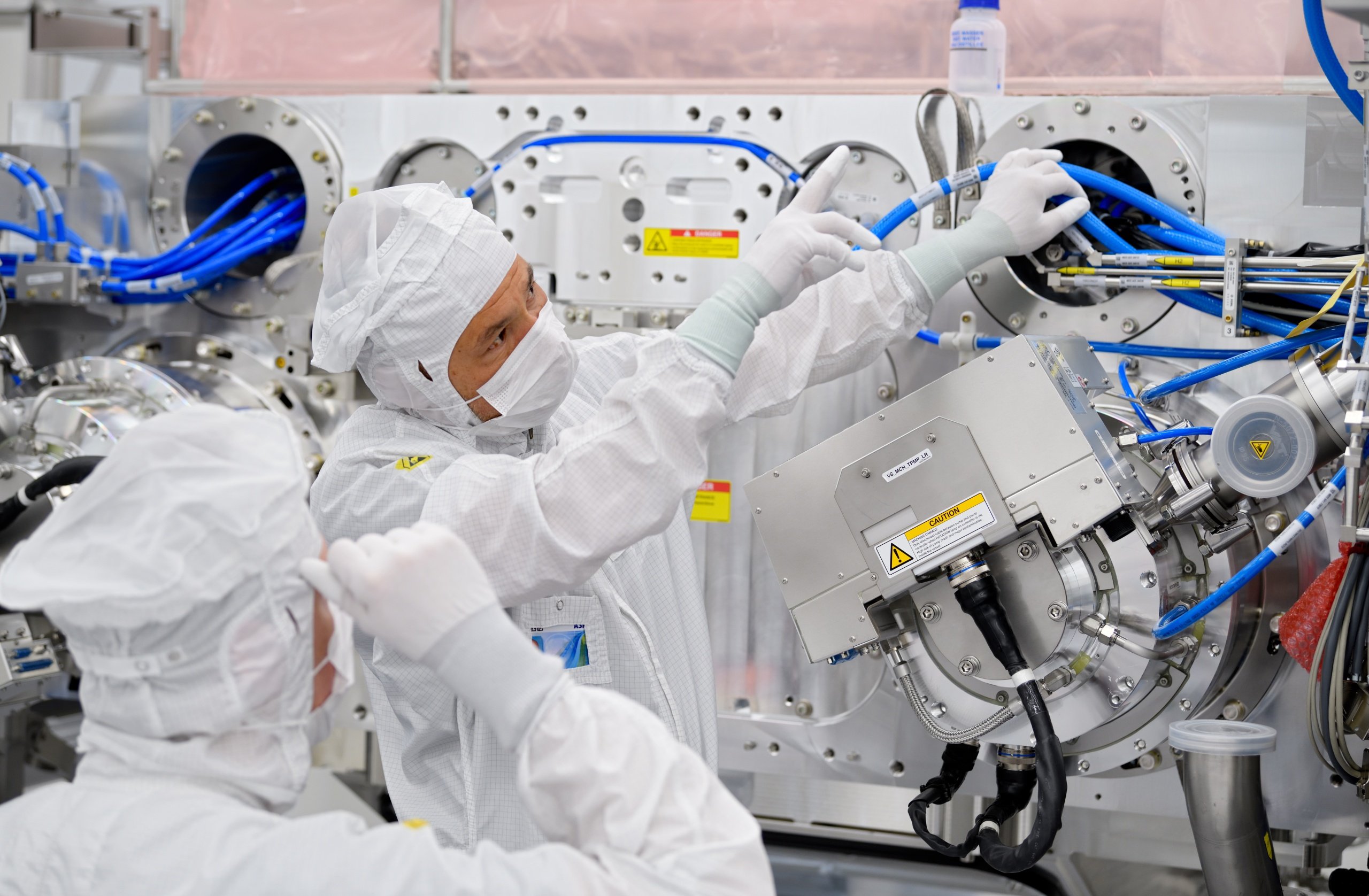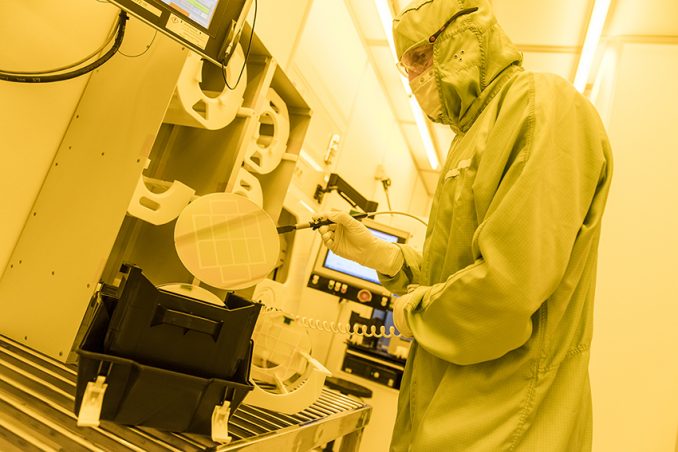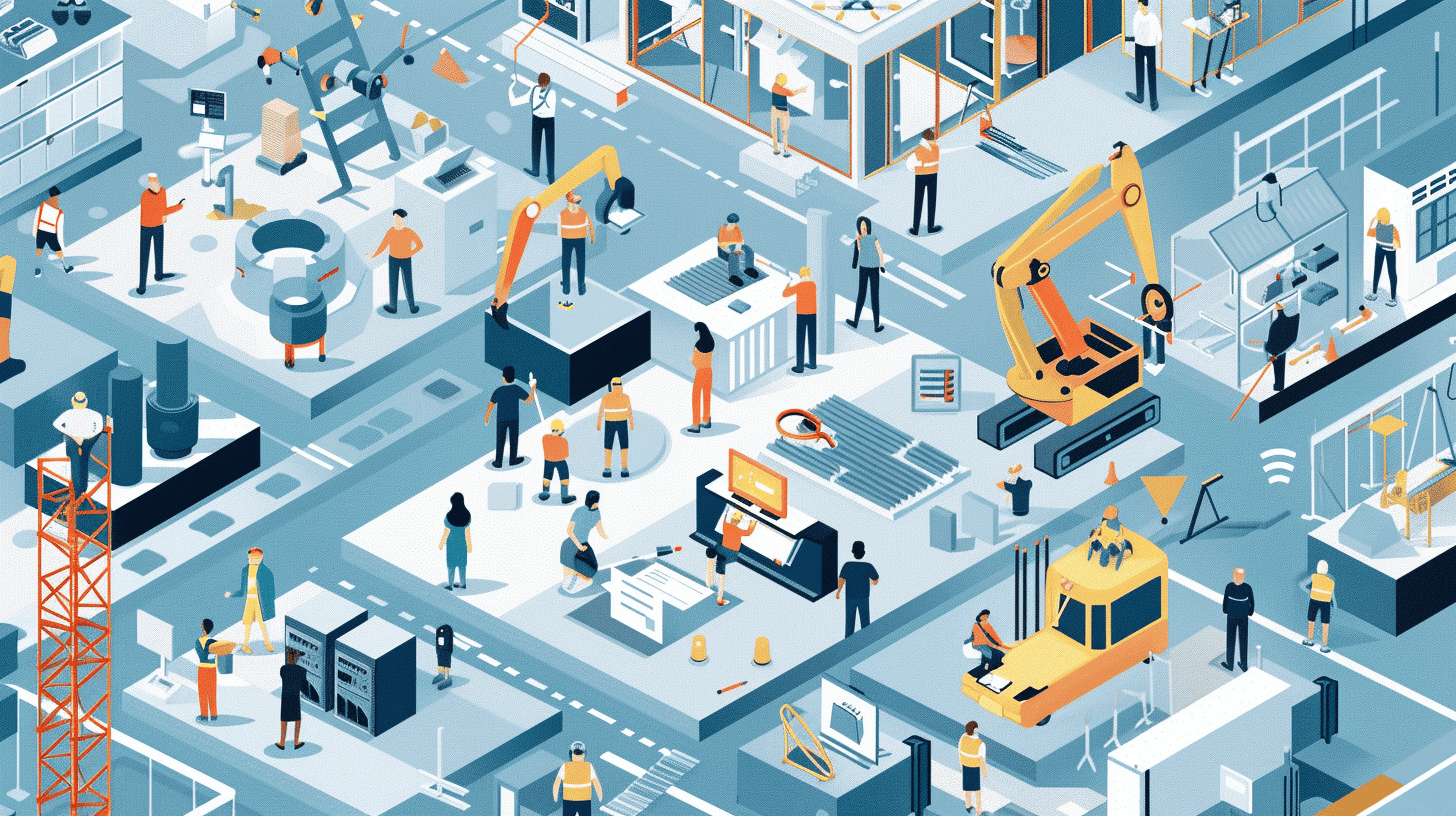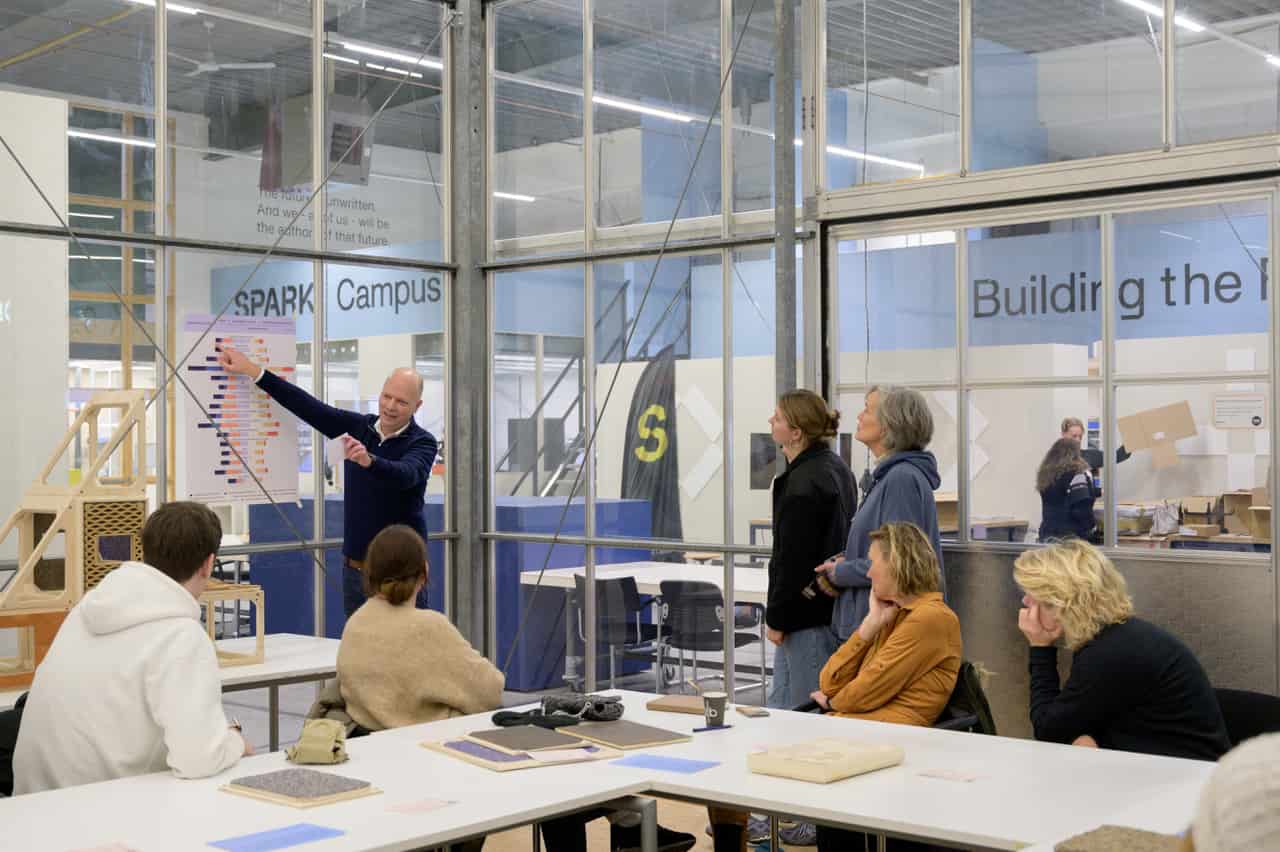
The Brainport region is a world champion in manufacturing high-tech advanced machines. “Just look at ASML’s chip machines or Philips’ products in healthcare,” says Naomie Verstraeten, program director of Innovation & Technologies at Brainport Development. Staying a world champion is another thing; it doesn’t just require knowledge of the various disciplines. There is an entire system behind it. Hardware and software play a role in this, but so do the various technicians within the companies and their suppliers. In short, Systems Engineering connects those disciplines and the people around them.
Rare
In Verstraeten’s view, a systems engineer plays a crucial role in the success of this region. “Such a person possesses a rare competency. Often it is linked to individuals and the knowledge remains within one company.” That it is a rare competency is shown, for example, by the number of vacancies for systems engineers or systems architects in the Brainport region. “That number only continues to rise, these vacancies are difficult to fill,” she says.
What is systems engineering
Systems Engineering is a structured way of working to develop complex systems. It is a key technology and a core competency that underlies the success of the high-tech ecosystem in the Brainport Eindhoven region. Being able to work systematically and to create an overview is the basis on which increasingly complex systems and machines can be developed in the region. From that overview, it is possible to zoom in on details and zoom out again, organize information differently, make connections and act on them. It, therefore, contributes significantly to the various key technologies such as Artificial Intelligence (AI). Being able to deal with this kind of multidisciplinarity, which is increasingly demanded of the high-tech industry, is a Systems Engineering issue par excellence.
Verstraeten is not the only one to be convinced of the importance of Systems Engineering for the region. At the beginning of last year, she signed a cooperation agreement with Wouter Leibbrandt (TNO-ESI), Marc Hamilton (High Tech Systems Center, TU Eindhoven), Hans Meeske (Holland Innovative), and Hans Evers (VDL ETG). Their goal is to achieve a better definition of the concept, the exchangeability of Systems Engineering processes in the region, and in setting up a more focused education system.
Read more about this collaboration here
“Bumping your nose in a controlled way”
Step one in this collaboration was to arrive at “a clear description of the Brainport way of Systems Engineering”. This phase was completed at the end of last year. Bert van Appeven, program manager at Holland Innovative, and Joris van den Aker, Systems Engineering program manager at TNO-ESI, were the project leader and project architect, respectively. Mira Dreessen was responsible for the project at Brainport Development. Together with systems engineers from ASML, Philips Health Care, Thermo Fisher Scientific, and Canon Production Printing, the three made a blueprint of what makes Systems Engineering unique within the Brainport region.
Systems Engineering is not something you only learn from books, says Van den Aker. “You learn it mainly by doing.” Within TNO-ESI, Van den Aker provides education and training in the field of Systems Engineering. “You want to get people to turn their noses up in a controlled way,” he says. Training is necessary, but Van den Aker says it’s mostly a cross-pollination between industry and education. “It’s good to eventually develop a curriculum for Systems Engineering. But what it should look like, both in terms of content and work formats, that’s still a challenge.”
Competitions
Van den Aker has worked in the high-tech world for more than 20 years. “If there’s one thing I’ve learned there, it’s that things don’t become a success by themselves. You have to have a plan for the future to remain a market leader. Determine where you want to win the race and how. A plan that justifies the investments that are needed. The investments in the high-tech industry are huge. Systems Engineering has a clear added value in all of this.”
The high-tech world is characterized by complexity and dynamism, says Van den Aker. “It’s much more than developing a high-quality product such as an electron microscope or wafer scanner. Of course, it is already a challenge to develop good mechanics, electronics, and software, but you also have to be able to place that in a broader market and business perspective. Within this whole range, the complexity and dynamics are enormous.”
For Van den Aker, an important question for the Brainport region is which “games” to play. “Which competitions do we want to win within our ecosystem of companies, government, and educational and research fields? What does this require of our way of collaborating? How and where will we earn our living in the future? What needs to happen for that to work out as we want it? A systemic approach is important here. To me, that is Systems Engineering.”

Culture
Like Verstraeten, Van den Aker believes that the Brainport region is a world champion in making highly advanced systems “where knowledge, capital, and people come together.” It’s all about companies that sell their products all over the world, in a globalizing market, he says. “That game is getting more and more complex. It’s important to know what we’re all about. Developing one language. Knowing why we do things the way we do. Finding the connection between market, business, and technology.”
Van den Aker, Van Appeven, and Dreessen did a survey among systems engineers from ASML, Philips, Thermo Fisher Scientific, and Canon Production Printing, and asked them to describe what systems engineering currently entails within their companies. To do this, the three used the so-called BAPOC model: Business, Architecture, Process, Organization, and Culture. Van den Aker: “This is not a new model; we have been using it for years to organize and structure information. We are distinctive in this region primarily because of the culture, and this is reflected in the way we develop systems.”
Dreessen: “It was nice to see that the people who are already experts within systems engineering heard from the others how they look at it. Where the expert thought that something was quite normal, it turned out that this was not yet the case for the other. That gave a nice insight into why it is sometimes difficult to work together in the value chain.”
Human-driven
For Van den Aker, the outcome was actually a confirmation of what he already thought, he says. “We are indeed seeing a very creative experience-driven professional way of Systems Engineering again. The knowledge is primarily secured in people and in relationships between people. To a lesser extent in rigid processes and standards.” A difference with, for example, the Systems Engineering approach from the aerospace industry in the United States. “This is much more based on a process and works with formal approaches. Although newcomers, such as Space X, have a different, and disruptive approach.”
Van Appeven: “You see a very big ‘can do’ and ‘no nonsense’ mentality in this region. Not getting too hung up on processes. People here talk about the result and the issues that come with it.” Another characteristic appears to be a highly developed project organization. “The project team is a clear reflection of the product that has to be made. If, for example, it’s about a super-fast printer, then there is an owner in the team for each of its functions. This is not entirely unique in the world, but it gives you an organization with clear responsibilities, without blind spots or overlaps.”
What does make this region unique, according to Van den Aker, is the human-driven way of working, based on professionalism. “That is actually typically Dutch. It enables us to build complex systems. We are allergic to hierarchy. If you are very hierarchical or very process-oriented, then bureaucracy and slowness come in. Slow is not something you want to be in this rapidly changing high-tech world.”
Visible
For Van Appeven, this blueprint – which, for now, is not yet intended to be shared with the outside world – marks the start of a brief period of “reflection”, in his own words. Whereas the blueprint focused on the major stakeholders in the region, the next phase will focus on the entire supply chain. “How do you make sure they are hooked up in the systems engineering process?” Exactly what the assignment for that phase will be, remains to be seen. Phase 3 is about defining a curriculum. “In whatever form it takes. That could be in a bachelor’s, master’s, or a post-graduate, we don’t know right now.”
“I think it’s especially interesting to look at how you can give Systems Engineering a place in lifelong development early on”, Dreessen adds. “Here you can think of an additional master’s degree or program, or also modules that can be added to existing programs.”
According to Verstraeten, the blueprint makes the specific Brainport elements clear. That is necessary to make ideas into something visible and tangible. “People who are a systems engineer or systems architect by nature are hard to find. The more aware we become of the characteristics, the better we can train people to become real systems engineers.”
Read more about Systems Engineering: ESI (TNO) and Capgemini want to take a more efficient approach to system development together







